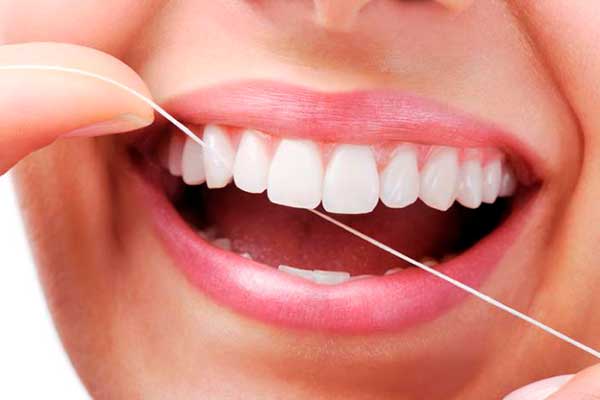
Flossing Steps 101
One of the most familiar dental problems dentists see is plaque. It builds up when leftover sugar and/or food begin to grow bacteria. These bacteria go on to damage the outer layer of the tooth (enamel) and cause infections, cavities, or even gum disease. Here at [practice_name], we want to give you the best information to protect your teeth against this invading plaque and bacteria.
Floss is the ultimate tool to really get between your teeth along with your regular brushing twice a day and regularly visiting your dentist. Some different options to floss with include your regular dental floss, which include flavored or unflavored flosses, comfort floss, and waxed or unwaxed flosses. Water flossing is another great alternative to get to those hard-to-reach places. It’s good for those with braces or dental bridges.
The best time to start flossing your child’s teeth is around 2 years old when their teeth start growing close together, helping them until about the age of 9 or 10 when a good flossing habit has been established and taught properly.
The best way to floss your child’s and your own teeth is to first break off a 15-inch piece of floss, wrap each side around your middle fingers, and hold it between your forefingers and thumbs. Gently slide the floss between your teeth, curving it into a C shape, and slide softly down and up away from the gums. Throw away the floss so you don’t put old plaque or bacteria on your teeth.
Flossing daily will help defend in the fight against plaque and give you your best smile. Call us at our [city], [state], office today at [phone] to schedule a consultation or appointment to give you a better cleaning. Dr. [doctor_name] and [hisher] professionals here at [practice_name] will be happy to assist you and your dental care needs!
Back to Blog